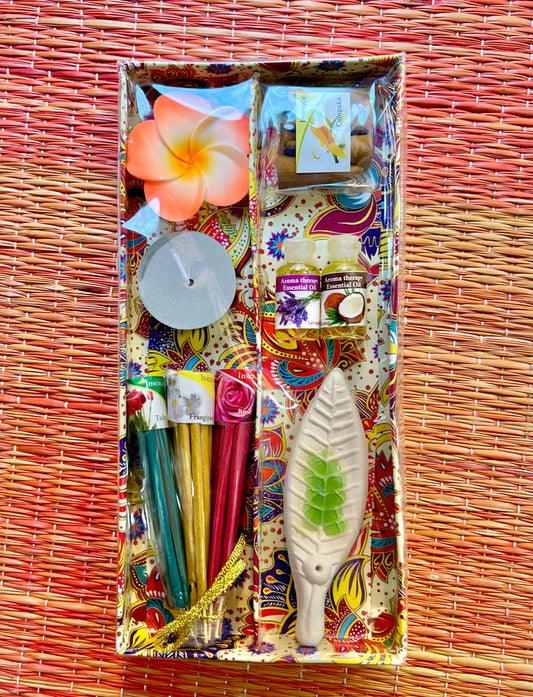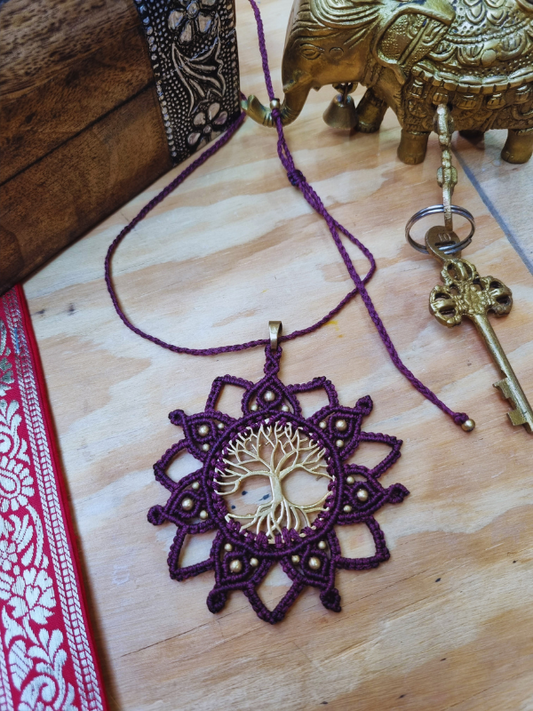Singing bowls have been used for centuries in meditation, sound therapy, and spiritual practises. Their soothing vibrations and harmonic tones can help calm the mind, reduce stress, and enhance mindfulness. However, with so many options available, selecting the right singing bowl can feel overwhelming, especially for beginners. In this guide, we’ll explore the key factors to consider when choosing a singing bowl that aligns with your needs.
Understanding Singing Bowls
Singing bowls, often associated with Tibetan and Nepalese traditions, produce sound by striking or rubbing their rim with a mallet. The sound vibrations are believed to promote relaxation, healing, and mental clarity. Different bowls create different frequencies and tones, each with unique benefits.
Types of Singing Bowls
- Hand-Hammered Bowls – These traditional bowls are crafted by hand and offer rich, complex tones. They are highly valued for their unique sound and historical significance.
- Machine-Made Bowls – Typically made of brass and produced using modern techniques, these bowls have a more uniform sound but may lack the depth and resonance of hand-hammered varieties.
- Crystal Singing Bowls – Made from quartz crystal, these bowls produce pure, high-pitched tones and are popular in energy healing practises.
Choosing the Right Singing Bowl
1. Determine Your Purpose
Before selecting a singing bowl, consider how you plan to use it. Are you looking for a bowl to aid meditation, energy healing, or sound therapy? Different bowls are suited for different purposes.
- Meditation & Relaxation – Opt for a medium-sized, hand-hammered bowl with deep, resonant tones.
- Chakra Healing – Choose a bowl tuned to a specific frequency that corresponds to the chakra you want to balance.
- Sound Therapy – Larger bowls with long-lasting vibrations work well for deep relaxation and therapeutic sessions.
2. Consider the Size and Weight
Singing bowls come in various sizes, typically ranging from 4 to 12 inches in diameter.
- Small Bowls (4-6 inches) – Portable and great for beginners or travel.
- Medium Bowls (6-8 inches) – Offer a balance of portability and sound depth.
- Large Bowls (9 inches and above) – Produce deeper vibrations and are ideal for professional sound healing practises.
3. Listen to the Sound
When selecting a bowl, it’s important to hear its sound before purchasing. If you visit a Singing bowl store, try different bowls and pay attention to the clarity, depth, and sustain of the sound. If shopping online, look for audio samples or videos to assess the tone.
4. Check the Material Composition
Most traditional singing bowls are made of a blend of metals, typically including copper, tin, and iron. Some high-quality bowls contain up to seven metals, each representing a celestial body. Crystal singing bowls, made from quartz, offer a different vibrational quality and are often chosen for energy work.
5. Assess the Craftsmanship
Hand-hammered bowls will have slight imperfections, giving them a unique appearance and sound. Machine-made bowls, on the other hand, are often smoother and more consistent but may lack the depth of handmade varieties. Always check for any cracks, dents, or inconsistencies that could affect the sound quality.
Caring for Your Singing Bowl
To maintain the beauty and effectiveness of your singing bowl:
- Store it in a safe place to prevent damage.
- Clean it with a soft cloth and mild soap when needed.
- Use the correct mallet to produce the best sound.
- Avoid exposing it to extreme temperatures or moisture.
Conclusion
Choosing the right singing bowl for your practise is a personal journey that depends on your needs, preferences, and intentions. Whether you're a beginner looking for a simple meditation tool or an advanced practitioner seeking a high-quality instrument, taking the time to explore different options will help you find the perfect match. If you’re searching for authentic and high-quality bowls, consider exploring Singing Bowls Shop UK to find a piece that resonates with you.




